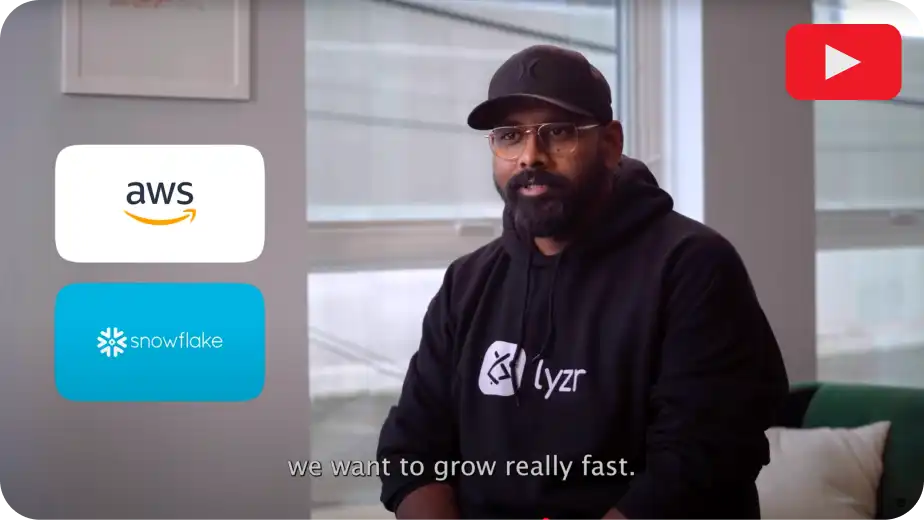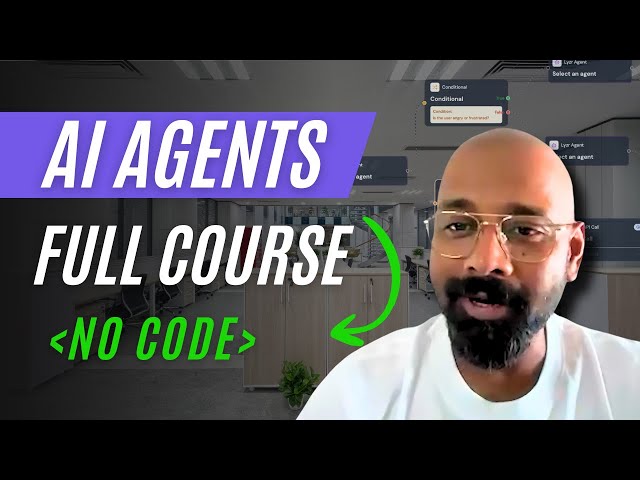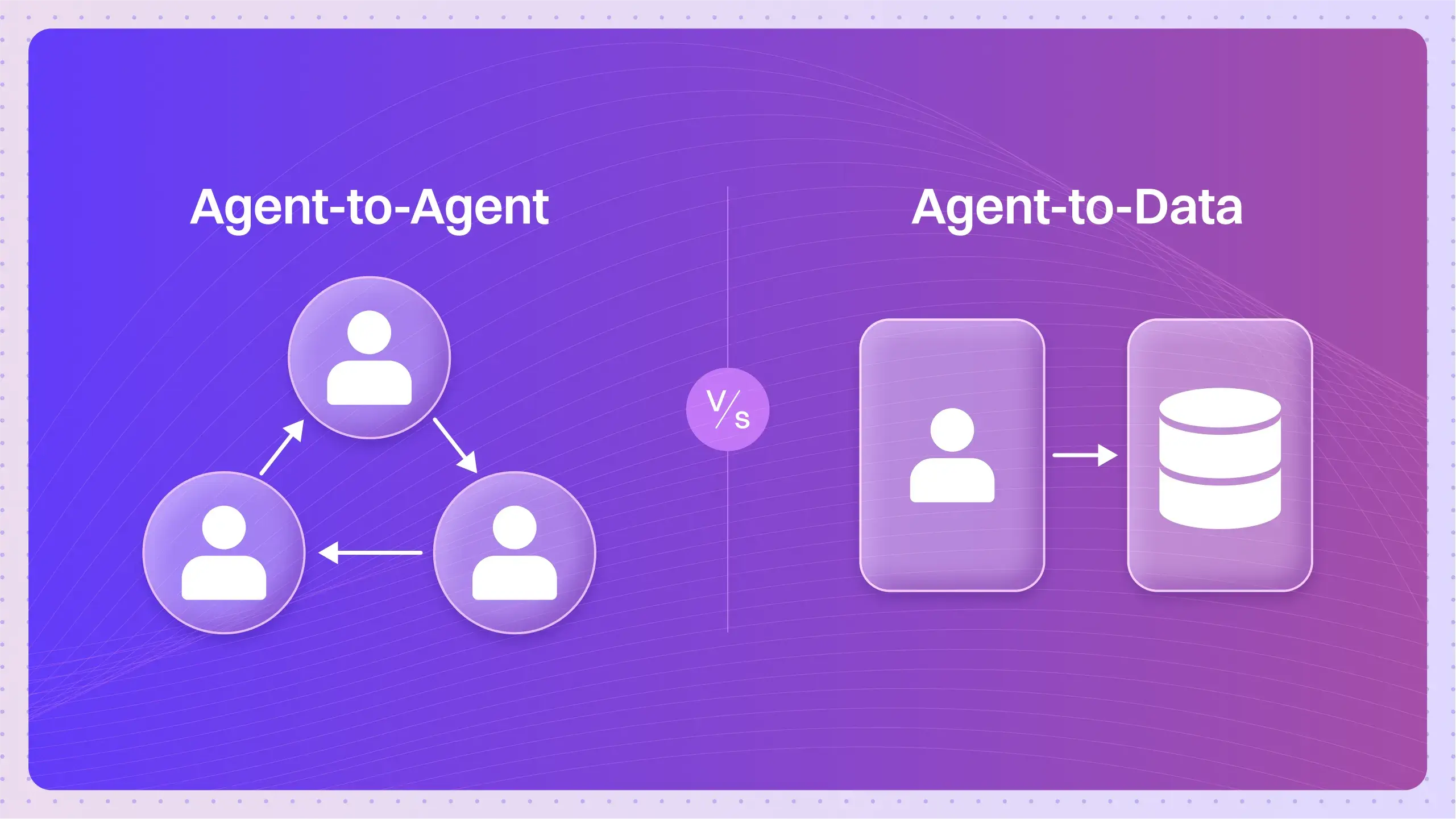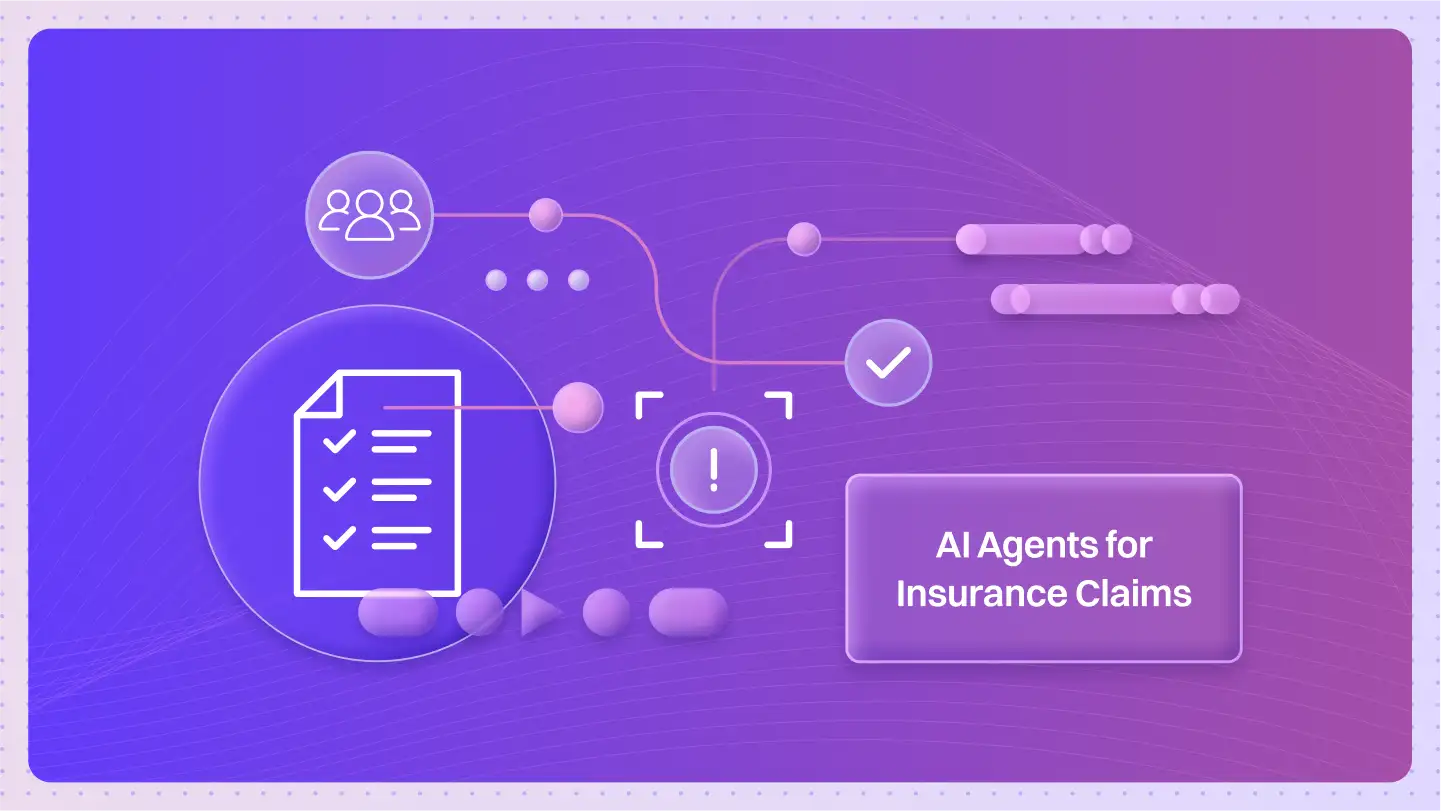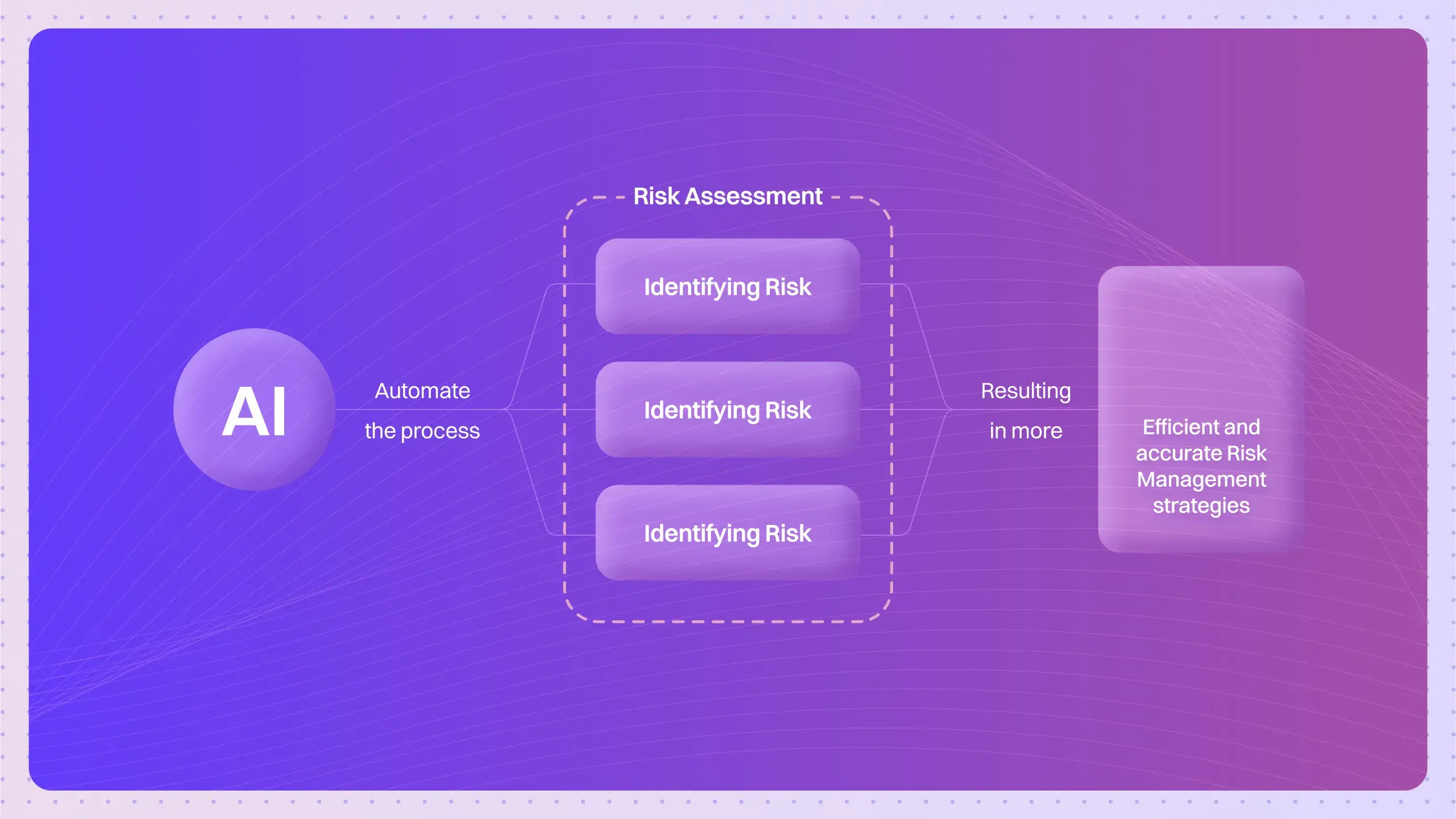Multi-Modal Agents are AI systems that can process, understand, and generate information across different formats like text, images, audio, and video, enabling them to interact with the world in ways that more closely resemble human perception and communication.
Think of a Multi-Modal Agent like a person with all five senses intact—they can see images, hear sounds, read text, and combine all these inputs to form a complete understanding. Unlike earlier AI systems that were like a person with only one sense (e.g., just reading text), these agents can use multiple ‘senses’ together to understand and respond to the world.
What are Multi-Modal Agents?
They are AI systems that think in pictures, sounds, and words. A Multi-Modal Agent takes in different types of data—a mode is a type of data, like text or image—and fuses them into a single, comprehensive understanding.
It’s not about having a separate tool for images and another for text. It’s about a unified system that understands the relationship between them. For example, it can look at a picture of a dog, read the caption “My golden retriever, Max,” and know that the animal in the image is a golden retriever named Max. This integrated context is what makes them so powerful.
How do Multi-Modal Agents work?
They translate everything into a common language. The agent receives inputs from different streams—an image, an audio clip, a block of text. Internally, the agent converts all these different data types into a unified mathematical representation, often called a “joint embedding space.” In this space, the concept of a “dog” from a picture is located right next to the concept of the word “dog.”
Once everything is in this shared format, the agent can reason over the combined information. It can then generate a response in the most appropriate format, whether that’s text, an image, or spoken words.
What capabilities do Multi-Modal Agents have that single-modal systems lack?
They see the whole picture, literally. A single-modal text AI can’t help you with a problem it can’t read about. A multi-modal agent can.
- Cross-Modal Reasoning: They can connect information from different formats. For example, you can show it a chart (image) and ask, “Based on the Q3 data in this chart, what was the key takeaway mentioned in the attached report (text)?”
- Richer Context: Understanding is deeper. A single-modal agent might analyze a product review. A multi-modal agent can analyze the text, look at user-submitted photos of the product, and listen to an audio clip of it malfunctioning.
Consider these real-world examples:
- OpenAI’s GPT-4V can look at a photo of the inside of your fridge and suggest recipes based on the ingredients it sees.
- Anthropic’s Claude 3 Opus can analyze a complex scientific diagram and explain it in simple terms, combining visual interpretation with its vast text-based knowledge.
- Google’s Gemini can watch a video of someone performing a magic trick and then generate a step-by-step text explanation of how the trick was done.
What are the practical applications of Multi-Modal Agents?
This technology opens up new ways to solve practical problems.
- Advanced Customer Support: A customer can send a screenshot of an error message, and the agent can “see” the error and provide a solution without the customer having to type it all out.
- Data Analysis: An agent can analyze a dashboard with charts, graphs, and text summaries to provide holistic business insights.
- Accessibility: Describing the visual world for visually impaired individuals, like reading a menu or describing the scene in a park.
- Education: Students can take a picture of a math problem or a historical map and get a detailed, interactive explanation.
What are the key technical components of Multi-Modal Agents?
The magic happens by building bridges between different data types. The core isn’t just one big model; it’s about clever architectures that allow different information streams to talk to each other.
- Joint Embedding Spaces: This is the core concept. It’s a “shared space” where the representation for a picture of a cat and the word ‘cat’ are mathematically close.
- Cross-Attention Mechanisms: This allows the model to learn relationships between modalities. When processing an image and a caption, it learns which words in the caption correspond to which parts of the image.
- Multi-Modal Transformers: These are advanced neural network architectures, extending the powerful transformer models (that revolutionized text AI) to handle tokens representing images, audio, and other data types simultaneously.
Diving Deeper: Key Questions
Why is multi-modal processing important for AI agents?
Because the world is multi-modal. Humans don’t experience life through text alone. For an AI to be a truly useful assistant, it needs to understand the world in the same rich, multi-sensory way we do.
How do Multi-Modal Agents handle conflicts between information in different modalities?
This is a major challenge. If the text says “blue car” but the image shows a red one, the agent must decide which source to trust. Advanced agents weigh the confidence of each modality or ask for clarification.
What are the current limitations of Multi-Modal Agents?
They are computationally expensive and can sometimes “hallucinate” or misinterpret details in one modality based on strong signals from another. They can also struggle with fine-grained details in very dense images or videos.
How does training differ for Multi-Modal Agents compared to single-modal systems?
Training requires massive, paired datasets. Instead of just text, you need datasets of images with high-quality text descriptions, videos with transcripts, and so on. This makes data collection and curation far more complex.
What unique safety challenges do Multi-Modal Agents present?
The potential for creating highly convincing misinformation is greater. An agent could generate a realistic image and write a fake news article to go with it. They can also be fooled in new ways, for example, by adversarial images that look normal to humans but are misinterpreted by the AI.
How might Multi-Modal Agents evolve in the next 3-5 years?
Expect them to become more interactive and conversational, incorporating real-time audio and video streams. They will likely move from simply processing data to taking action in the physical world through robotics, creating a true bridge between digital intelligence and physical reality.
The lines between sight, sound, and language are blurring for AI. The result will be agents that understand our world far more completely.


